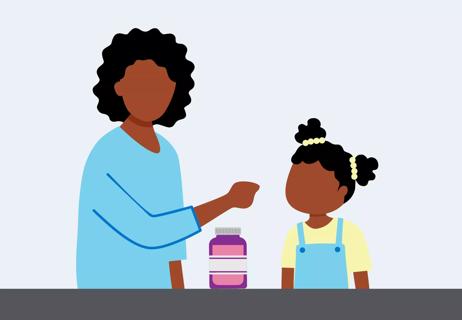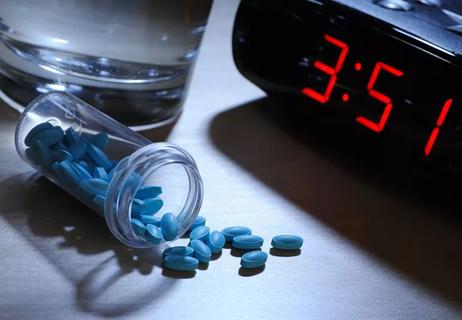Tart cherry juice contains natural compounds that may support better sleep

If you’ve been scrolling social media or reading wellness blogs, chances are, you’ve seen people swearing by tart cherry juice as a natural way to fall asleep faster.
Advertisement
Cleveland Clinic is a non-profit academic medical center. Advertising on our site helps support our mission. We do not endorse non-Cleveland Clinic products or services. Policy
But does tart cherry juice actually help you sleep — or is it just another bedtime trend?
Registered dietitian Beth Czerwony, RD, LD, shares what we know.
Tart cherries (and their juice) contain two key components that may help you sleep:
They’re also a good source of magnesium, which may also promote sleep.
“Tart cherries have different enzymes in them that can actually keep the tryptophan in your body longer,” Czerwony explains. “That can help you fall asleep sooner and keep you asleep for longer.”
Tart cherries are the kind you usually find in pies and other baked goods. Fresh ones are harder to come by. That’s why most of the advice recommends the juice rather than the actual fruit.
There hasn’t been much in the way of rigorous research on the effects of drinking tart cherry juice for sleep, but some early studies show promise.
One small study suggests tart cherry juice can improve sleep duration and quality, especially in people with insomnia. Another study showed improved sleep quality after drinking concentrated tart cherry juice for a week.
Advertisement
While promising, these studies were very small. More research is needed to know exactly how — and how well — tart cherry juice works for sleep.
“We don’t have particularly strong scientific evidence on the benefits of tart cherries for sleep, but given their melatonin and tryptophan content, it makes sense that they could help you relax and get better sleep,” Czerwony notes.
The amount of tart cherry juice needed to help with sleep hasn’t been well studied. But Czerwony suggests starting with a serving of 4 ounces of juice or 1/2 cup of fruit.
“You can experiment with it, but I’d start slow,” she advises. “Try a small amount for a few nights and see how you respond, and then you can increase a little each night.”
Researchers suggest that the type of cherry you have can make a difference, too. Montmorency tart cherries are the most potent: They have more than six times the melatonin content of Balaton tart cherries.
And stick to unsweetened tart cherry juice. Added sugar certainly isn’t going to help you sleep (and too much sugar is a problem all on its own).
If you want to try adding tart cherry juice into your wind-down, you could sip a glass an hour before bed. Or try:
No matter how you enjoy it, keep it consistent. Your body’s sleep cycle responds best to routines. That includes what you eat and drink.
Tart cherry juice is generally safe for most people and may be worth trying if sleep is elusive. But it’s not for everyone. You may want to avoid tart cherry juice if you:
You can also find tart cherry in other products, like capsules and gummies. But supplement products aren’t well-regulated, and the doses can vary. Best to stick with the fruit and fruit juice, Czerwony recommends. And always check with your healthcare provider before adding a new supplement or sleep aid to your routine.
Tart cherry juice isn’t a cure-all, but it may be a simple, natural way to support better sleep. And getting enough rest is important for your mental and physical well-being.
Just remember: Good sleep takes more than one drink. For best results, pair tart cherry juice with proper sleep hygiene practices, like turning off screens at least an hour before bed and cutting out late-night eating.
Advertisement
Advertisement
Learn more about our editorial process.
Advertisement

Melatonin won’t stop birth control from doing its job, but the combo could cause unwanted side effects

This sleep supplement may have side effects, but dependency isn’t one

Too much of the supplement can lead to an upset stomach, vomiting and diarrhea

This hormone helps your body prepare for sleep

Does this supplement help you get more ZZZs?

What to expect after taking this increasingly popular sleep aid

The short answer from a sleep specialist

Start having sex about 72 hours before ovulation, then at least every other day during your fertile window

Attachment theory suggests that your earliest relationships shape connections throughout your life

It isn’t a recognized mental health disorder, but research shows that problematic social media use can negatively affect your mental health, self-esteem and sleep